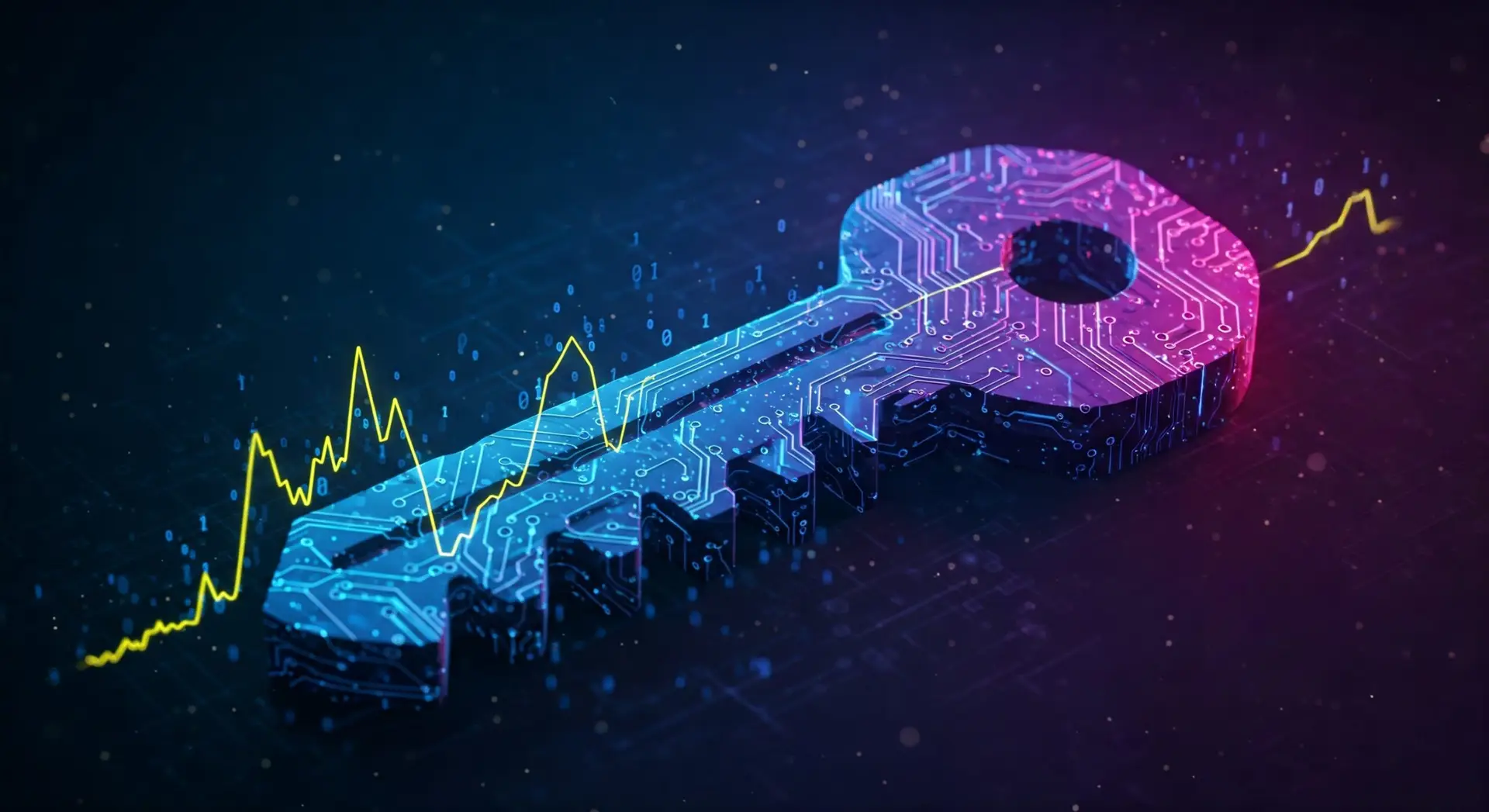As we move towards the New Year cybersecurity is poised for transformative changes, here are some Cybersecurity Predictions for 2025.
1. AI-Driven Cyber Attacks Will Surge
In 2024, AI-driven attacks became more sophisticated. Hackers utilized AI tools to automate phishing campaigns. AI-enabled bots created highly personalized phishing emails, tricking even seasoned employees.
Cybercriminals also used AI to find system vulnerabilities faster. Tools like ChatGPT-inspired malware engines generated malicious code on demand. These developments signal a rise in AI-driven attacks for 2025.
In 2024 the Clop ransomware gang used AI to automate file encryption, speeding up ransomware execution.
Prediction for 2025: Expect AI-enabled malware that evolves in real time. Attackers will use AI to bypass traditional detection methods.
2. Supply Chain Attacks Will Intensify
2024 saw a wave of supply chain breaches. Attackers targeted vendors and third-party providers to infiltrate larger organizations. The MOVEit file transfer exploit is a prime example.
Hackers leveraged vulnerabilities in trusted third-party software. This attack method bypassed traditional defenses, affecting thousands of companies worldwide.
The MOVEit attack compromised sensitive data of several global companies, including financial and healthcare institutions.
Prediction for 2025: Supply chain attacks will become more frequent. Attackers will use “island hopping” to breach well-protected organizations.
Organizations should adopt the NIST Cybersecurity Framework to reduce vendor risks.
3. Ransomware Will Evolve Into ‘Ransomware-as-a-Service’ (RaaS) 2.0
Ransomware attacks increased in 2024, with Ransomware-as-a-Service (RaaS) models rising in popularity. Cybercriminals leased ransomware kits to affiliates, making it easy for non-technical criminals to launch attacks.
However, 2024 saw a new twist. Some RaaS operators moved to “data theft only” models. Attackers stole data, threatened to leak it, and skipped file encryption altogether.
BlackCat (ALPHV) moved from encryption to “extortion-only” models, pressuring companies with data leaks.
Prediction for 2025: Ransomware groups will offer advanced tools to affiliates, creating a more decentralized, agile criminal ecosystem.
Cybersecurity insurers may tighten policy terms, impacting premiums
4. Quantum Computing Threats Will Become Real
2024 marked breakthroughs in quantum computing. Companies like IBM made significant progress in quantum hardware. While these advancements promise innovation, they also introduce new risks.
Quantum computers could break traditional encryption, rendering existing security protocols obsolete. This threat has been discussed for years, but 2024 saw real strides in quantum development.
IBM unveiled its 127-qubit quantum computer, pushing closer to “quantum supremacy”.
Prediction for 2025: Quantum-enabled attacks will become a tangible threat. Legacy encryption standards (like RSA) may no longer suffice.
Organizations should explore post-quantum cryptography (PQC)
5. Zero-Trust Architecture Will Become a Mandatory Standard
The “zero-trust” model gained momentum in 2024. Companies abandoned perimeter-based security, adopting “verify everything” models.
Zero-trust assumes all users, devices, and applications are potential threats. Major organizations, including government agencies, adopted this model in 2024 to reduce insider threats and lateral attacks.
The U.S. government required federal agencies to implement zero-trust as part of Executive Order 14028.
Prediction for 2025: Zero-trust architecture will become a compliance requirement for government contracts and critical infrastructure.




